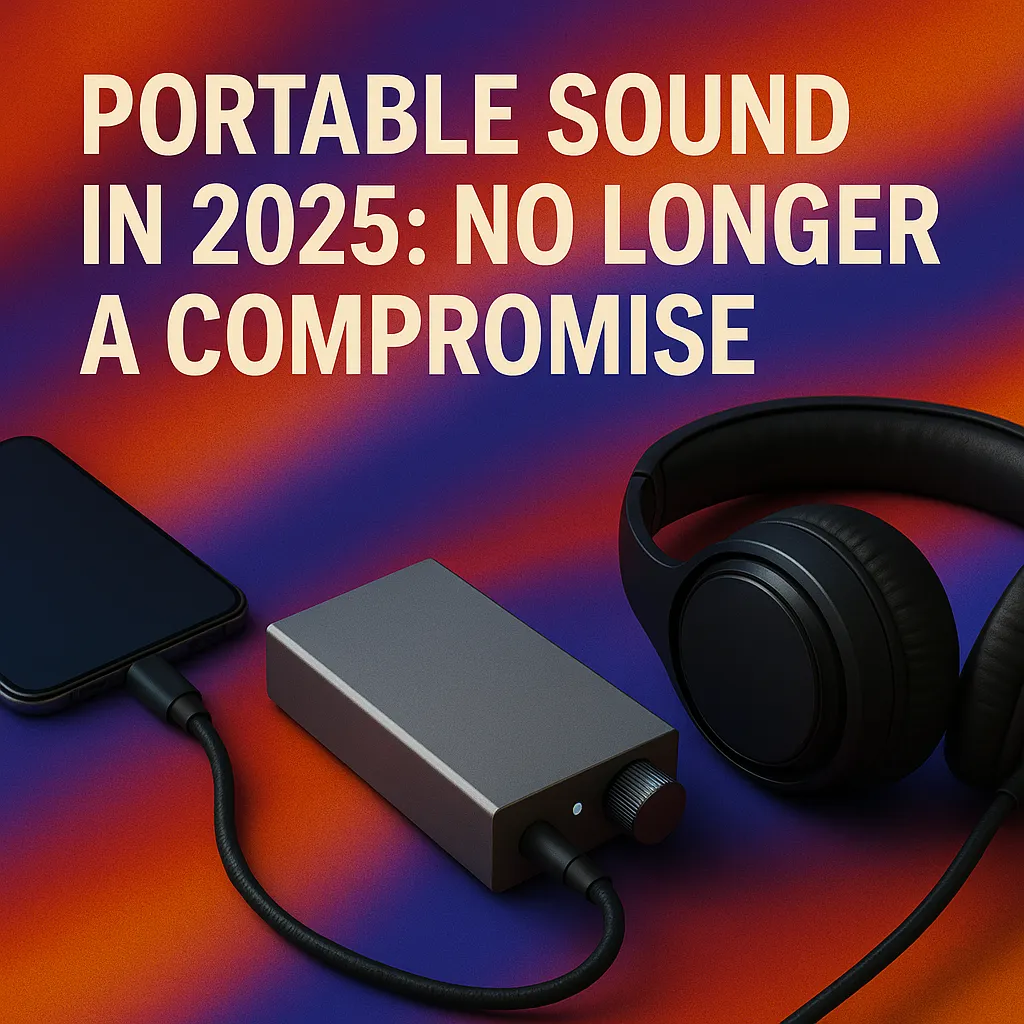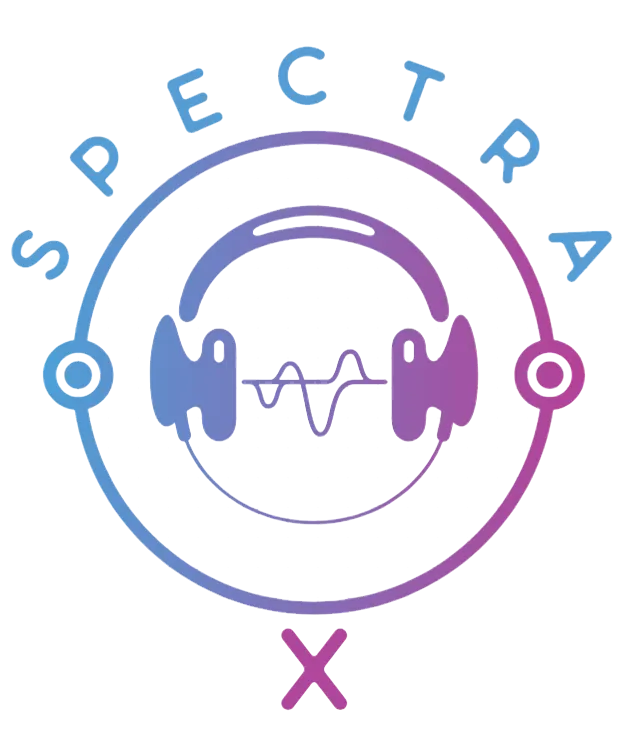
A few years ago, the phrase “portable Hi-Fi” raised eyebrows. It meant choosing between size and sound, convenience and quality. That era is over. In 2025, tiny DACs and headphone amps are no longer stripped-down stand-ins for serious gear — they’ve become serious gear. If you’re still picturing low-powered dongles with poor audio output, it’s time for a reality check. Miniature digital-to-analog converters can now deliver studio-grade sound without tying you to a desk.
Tech Breakthroughs: Smaller Doesn’t Mean Weaker
The core of this transformation is pure hardware evolution. Modern portable audio gear is nothing like its predecessors — we’re talking high-output power, premium chipsets, and whisper-quiet signal paths, all in a form factor that slips into your pocket.
Powerful Performance in a Flash Drive Body
Don’t let the size fool you. Today’s portable DAC/amp combos boast real muscle:
- Output power reaching 200–300 mW at 32Ω, enough to drive many over-ear headphones
- Chipsets from ESS, AKM, and Cirrus Logic — the same ones used in desktop-grade systems
- Signal-to-noise ratios above 110 dB and THD+N below 0.005%, ensuring clarity and low distortion
These specs aren’t gimmicks. They’re what let you hear deeper textures in your music — from micro-details in acoustic tracks to precise imaging in games.
Lossless Conversion On the Go
What used to be exclusive to expensive standalone players is now built into plug-and-play DACs. Hi-Res PCM, native DSD playback, and MQA decoding have all made their way into compact sticks that fit directly into your phone or laptop. It’s a serious shift: the quality gap between portable and stationary setups is narrowing fast.
Accessibility and Flexibility at Every Turn
Today’s portable DACs are designed for seamless use — no drivers, no weird workarounds, no power bricks. You plug in, and you’re good to go.
- Compatible across platforms — Android, iOS, Windows, macOS
- Self-powered — no external batteries or adapters needed
- Quick device switching — go from your phone to your laptop in seconds
This level of flexibility means you can enjoy clean, powerful audio anywhere: at a café, on the train, or working remotely from a hotel room. No more carrying bulky equipment just to escape tinny onboard sound.
Desktop vs. Portable: The Playing Field Has Shifted
Here’s a head-to-head breakdown of where portable DACs now stand compared to their full-sized counterparts:
| Feature | Desktop DAC + Amp | Portable DAC/Amp |
|---|---|---|
| Power Output | High | Sufficient for most headphones |
| Power Source | Requires external supply | Draws power from connected device |
| Location Dependency | Fixed setup | Fully mobile |
| Price Range | Often more expensive | Accessible mid-range options |
| Use Case Flexibility | Limited to one environment | Ideal for multi-device use |
Sure, desktops still hold an edge in raw power and modularity. But for the majority of users — even enthusiasts — portable solutions now offer all the fidelity you need without tying you to a single room.
Who’s Choosing Portable Audio in 2025?
This shift isn’t just for casual listeners. Professionals and enthusiasts are embracing portable setups for serious use. Here’s who’s making the move:
- Gamers and streamers: Rely on precise sound placement and ultra-low latency — especially for competitive play
- Musicians and producers: Craft and mix audio on the road without sacrificing clarity or headroom
- Digital nomads: Travel light while maintaining premium audio setups
- Audiophiles: Seek high-resolution sound anywhere, not just at home
Whether you’re crafting beats in a café or catching tiny sound cues in a high-stakes match, today’s portable DACs can keep up.
